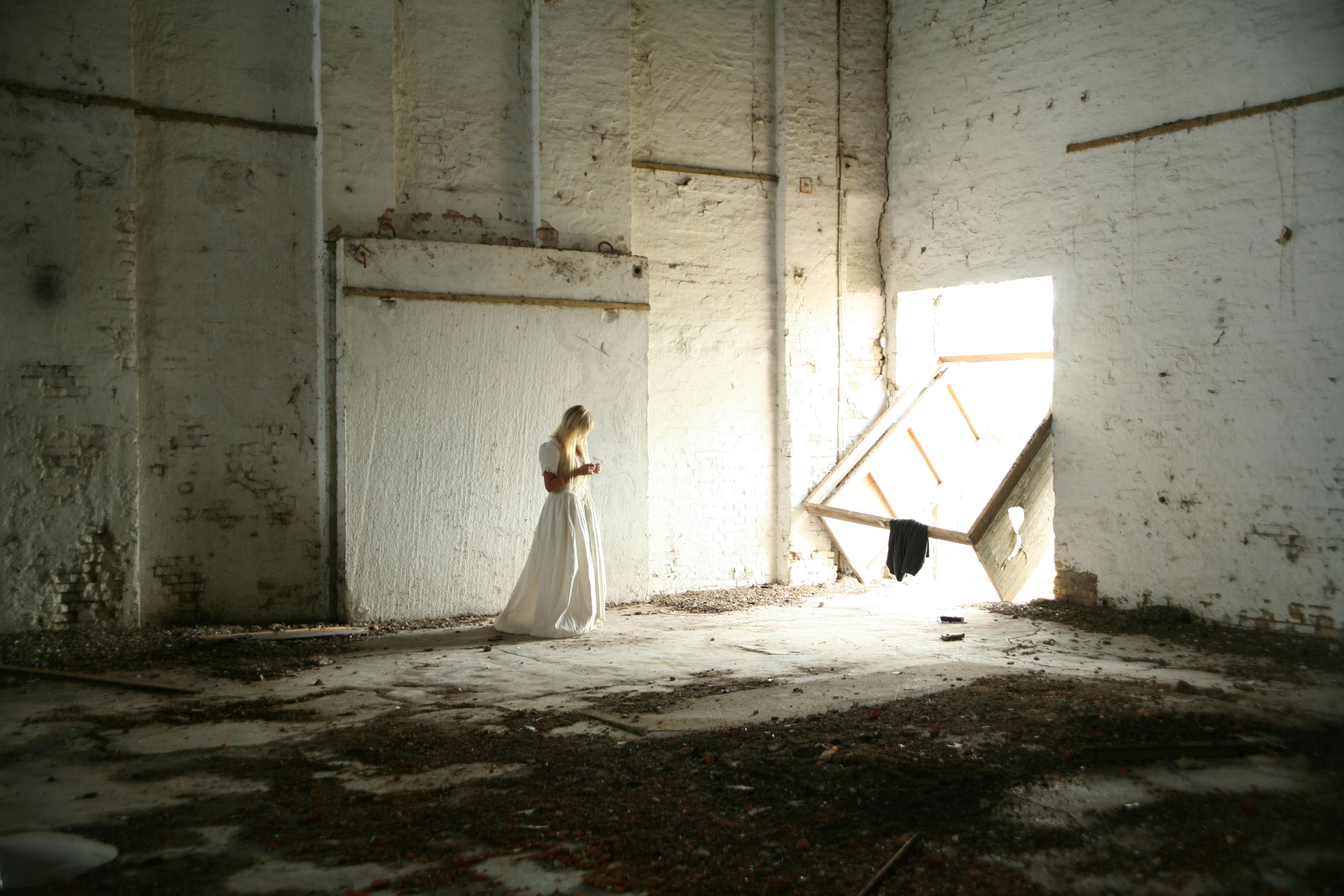Energy conservation is at the forefront of everyone’s mind during these times of rising costs. One area you can think about is that building your own home gives you the opportunity to create an efficient lifestyle from the ground up. There are three basic components that you can focus on in your colonial house plans that will ensure that your home is more energy efficient no matter where you live. These components include the use of plenty of insulation, adequate sun exposure, and the use of efficient heating and cooling systems.
No matter where you live, insulation is the most important way to prevent hot and cold air from entering or escaping your home. The most common areas that need insulation are exterior walls, foundations, floors, cantilevered areas, walls, and ceilings between heated and unheated areas. The types of insulation used are compared based on their R-values, or resistance to heat flow. The higher the R-value, the more the insulation stops the leakage of hot or cold air. Finding out what insulation to use can be included in your Victorian house plans.
The most effective insulation materials known as foam insulation are polyurethane and polystyrene. They have the highest R values but are more expensive. Mineral wool, a generic term that includes fiberglass, glass wool, and rock wool, is the most widely used type of insulation because it is versatile and fairly inexpensive. Another type of insulation, made from wood fiber, is called “loose fill.” It is poured from bags or blown with special equipment into cavities that are not easily accessible. Its low cost is offset by an increased risk of fire, rot, and insect infestation.
Since most of the heat escapes from a home through the openings created by doors and windows, it is crucial to insulate these areas. One way is to use double or triple pane windows throughout the house.
Multi-pane windows allow in the same amount of solar heat as single-pane windows, but tend to drastically reduce its outflow. Double-pane windows can reduce heat loss by 50 percent compared to single-pane windows. Triple pane windows are slightly more effective and can reduce heat loss by 65 percent, although they can be very expensive and too heavy for some window frames.
In addition, caulk should be applied along door and window frames, as well as around pipes, vents, and other perforations in your home’s exterior siding. Long-lasting silicone or latex caulk works best.
Included in your large home plan should be equipping your home with an efficient heating and cooling system that will keep your family comfortable on the hottest and coldest days. Products to look for may carry the EnergyStar logo and may end up saving you money. Some electric and gas companies even offer rebates to homeowners with systems supported by this certification.
Another attractive way to heat your home is with the simple power of the sun. Think about the site and the orientation of the house in relation to the sun. You should position your home so that most of the window glass faces south to take advantage of the sun’s warmth in the winter. Additionally, solar panels can be added throughout your home to increase the use of this energy source throughout the year.
